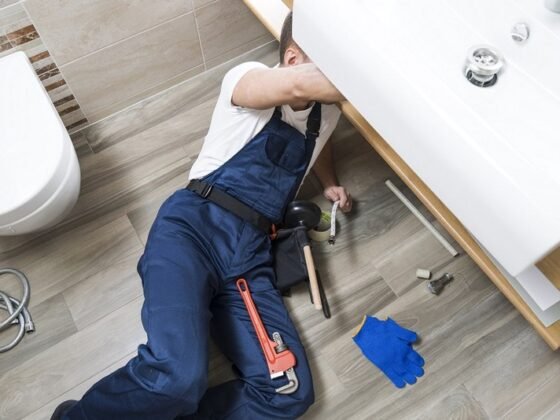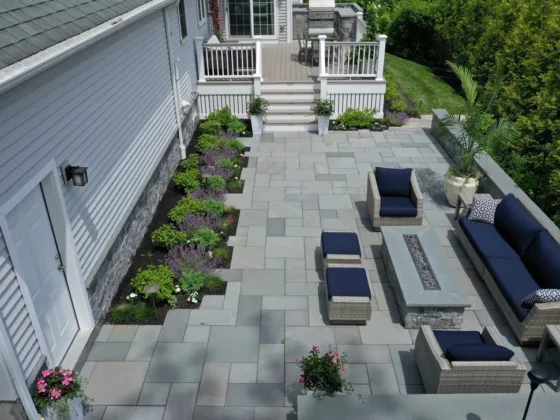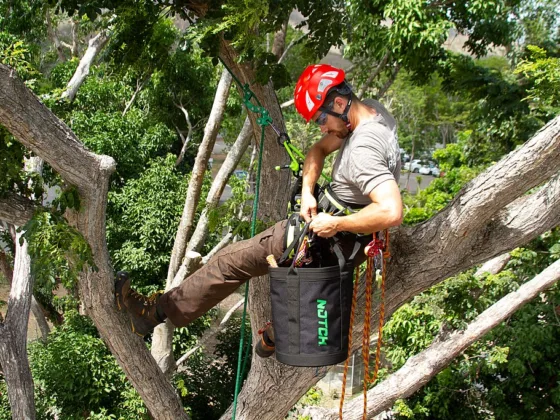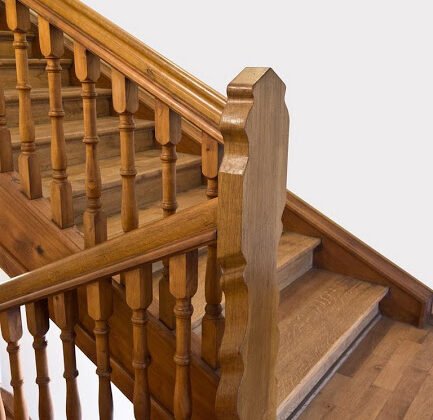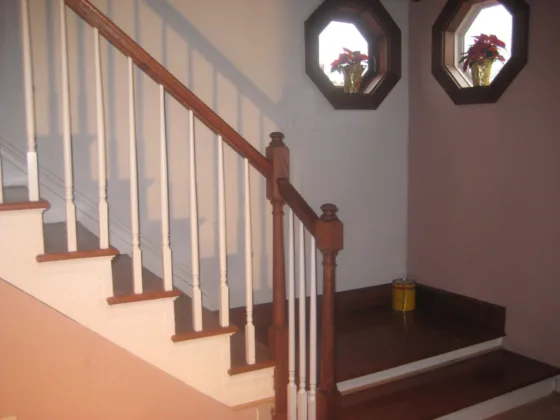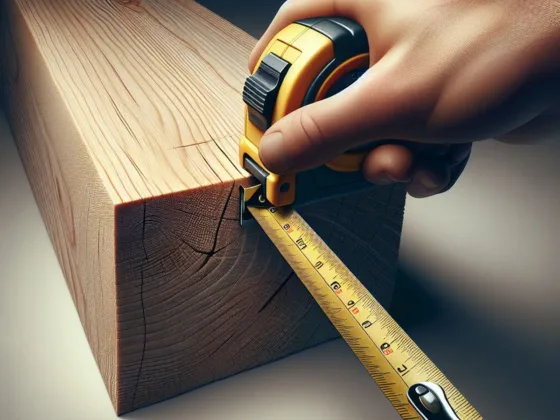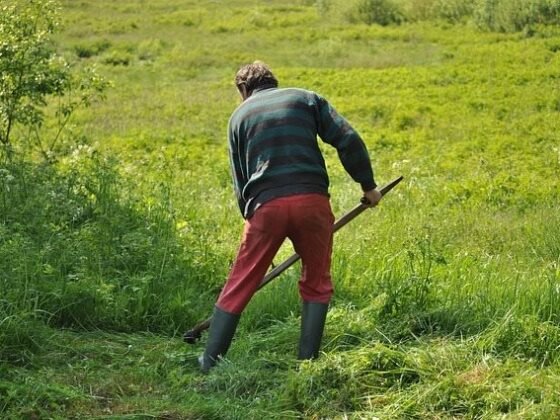Table of Contents Show
If there are brown spots on your lawn, repairing them and preventing them from returning can be an exercise in frustration. Even though all of these spots may look the same, each one may be caused by a different factor — meaning that you probably won’t be able to treat each brown spot in the same way.
However, the reasons that these spots develop are fairly predictable. Read on for some of the most common causes — and treatments — for lawn brown spots.

Diagnosing and Managing Brown Spots on Your Lawn
Dog Urine
Unfortunately, many people walk their dogs on the first lawn that they can find. While this isn’t the dog’s fault, chemicals in their urine can cause the grass in the affected areas to die off. If you see a dog walker on your lawn, try to find out who they are and politely advise them that they are trespassing on private property and causing damage to your lawn.
Let them know that they’ll receive a bill from you as a result of any repairs you need to make. Most accidental offenders will steer clear of your lawn in the future.
Improper Clipping Height
Even if the ground beneath your lawn feels level, small bumps and rises can result in the grass being clipped too close to the soil in some areas. As a result, brown spots will develop. If you notice small mounds in your lawn, see if you can level them out with a shovel and — if necessary — replant grass in the affected areas.
If you can’t flatten the area, you may also want to see if you can find varieties of grass that can tolerate the shorter clipping height.
Over-Feeding, Over-Watering, and Poor Soil Aeration
Surprisingly enough, too much nitrogen — a common ingredient in most fertilizers – can cause your grass to turn brown. In addition, if there’s too much water on the surface of your lawn, bacterial and fungal infections will flourish. In addition, clay soils or ones that have become packed down by foot traffic will not allow enough air to circulate to the roots.
This will cause grass plants to die off. You may need to aerate your garden twice a year to alleviate this situation. Garden store employees can give you advice on the best tools to use for this job.
Must Read:
Rocks and Root-Impeding Debris in the Soil
Even though you may be unaware of its presence, a large boulder just a few inches below the soil level can prevent grass plant roots from developing. In a similar way, other types of debris that become lodged in the turf can cause similar problems.
Once you’ve identified a brown spot, take a screwdriver and see if you can push a few inches into the ground unimpeded. If you hit something buried in the soil, dig in and try to find the materials that are preventing root growth. You’ll need to replant these areas once you have removed the problem for best results.
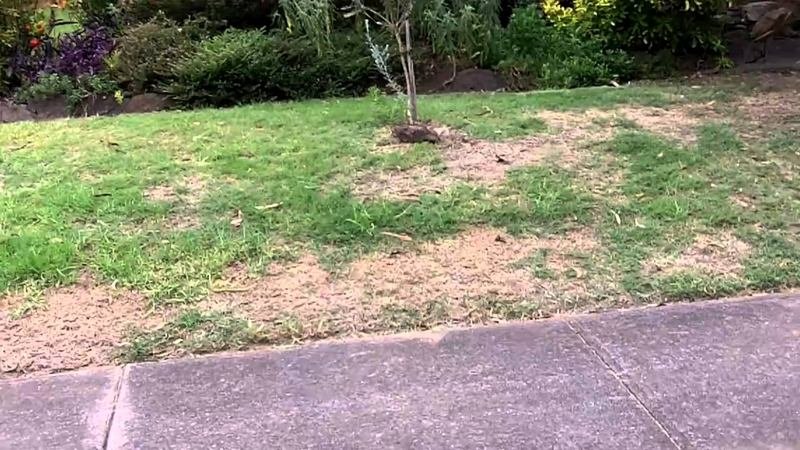
Nearly every lawn will develop brown spots for one reason or another — so it’s important to be vigilant and proactive in managing your lawn care. Take note of each brown spot you see and try to identify the different factors that are causing each affected area. Don’t just replant your grass immediately — it’s important to know why the grass isn’t thriving so that you can take appropriate action.
External Links
- What causes brown spots on the lawn? – https://www.todayshomeowner.com/how-to-identify-the-cause-of-brown-spots-in-your-lawn/
- Why do I get brown patches on my lawn? – https://www.spring-green.com/lawn-care-guide/brown-patch-lawn-disease/
- How do I fix dead spots in my lawn? – https://www.greenviewfertilizer.com/articles/how-to-fix-dead-patches-in-lawn/
- Can dead grass grow back? – https://garden.lovetoknow.com/lawns-ornamental-grasses/can-you-regrow-dead-lawn

